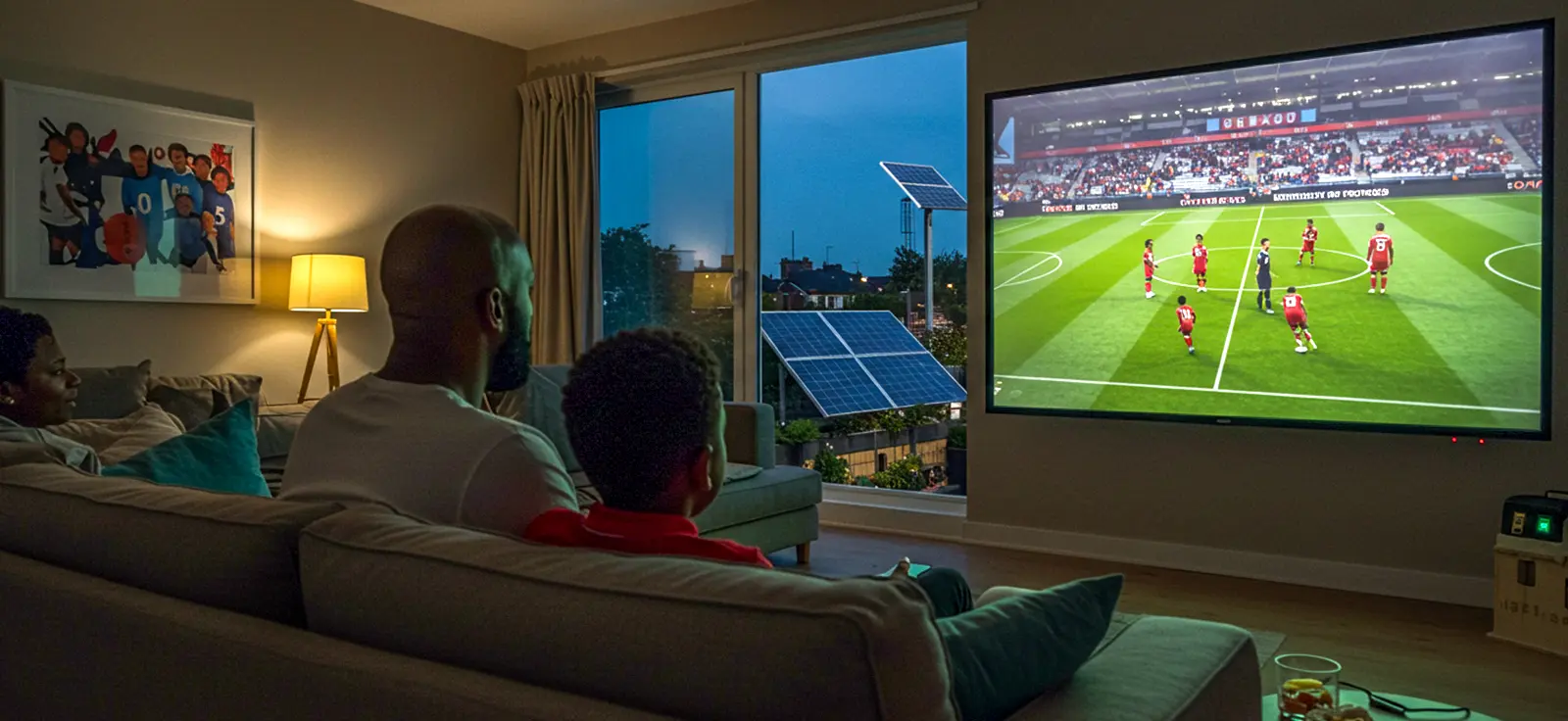Luminous Redefines Power with Advanced Lithium & Solar Systems
On October 4, 2025, we marked a new milestone in Nigeria’s energy journey!

Have you witnessed unusual heating of the inverter battery at home? Although most devices heat up while working, excessive heat can cause panic among consumers.
Have you witnessed unusual heating of the inverter battery at home? Although most devices heat up while working, excessive heat can cause panic among consumers. It is important to keep a close eye on the working of the inverter since we have already discussed in our previous blog that it works around the clock. It's not unusual to witness mild heating of the inverter battery, but make sure it doesn't get too hot.
In this blog, we will discuss some simple tips for preventing inverter batteries from overheating. Also, we'll discuss some DIY steps to prevent this problem.
STEP-1
On the back of the Luminous Inverter, there is a switch that allows you to select the type of battery to be used. Depending on the type of battery attached to the inverter, select the appropriate option. You can find the same information in the table below:
When the switch selection differs from the battery type attached to the inverter, the inverter tends to heat up.
STEP-2
Luminous Inverters have a current charging jumper. Make sure it is turned on. There is a switch on the back of the Luminous inverter battery that controls the current jumper, so if the jumper is selected with a higher current against a low Ah battery, the battery will heat up. Select the switch based on the below table
example: Make sure the current jumper switch is set to L rather than M or H if you have attached an 80Ah battery to the inverter.
STEP-3
If the charging voltage does not stop after the maximum charging limit, the inverter could malfunction.
Most times battery problems are caused by internal problems. This could be as a result of any of the following;
We believe these tips will come in handy if you ever have heating problem with your power backup system. For more of these type of contents, do visit Luminous Nigeria.


On October 4, 2025, we marked a new milestone in Nigeria’s energy journey!

The Premier League is back, and fans are gearing up for every kick, pass, and goal. But in many parts of Nigeria, one thing threatens the excitement: unreliable electricity.

Maintaining your inverter battery properly when it reaches full charge is crucial to ensuring its longevity and efficiency.